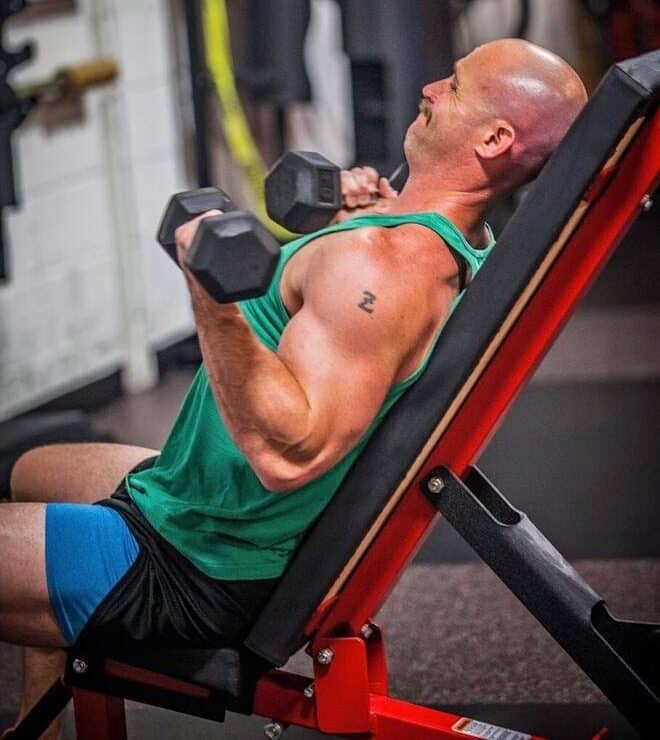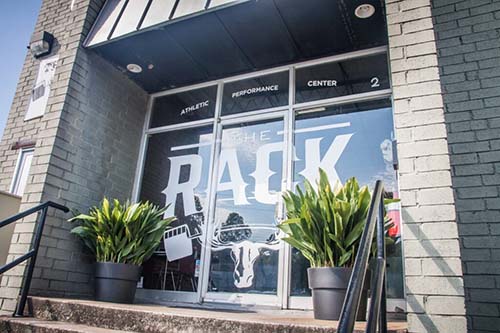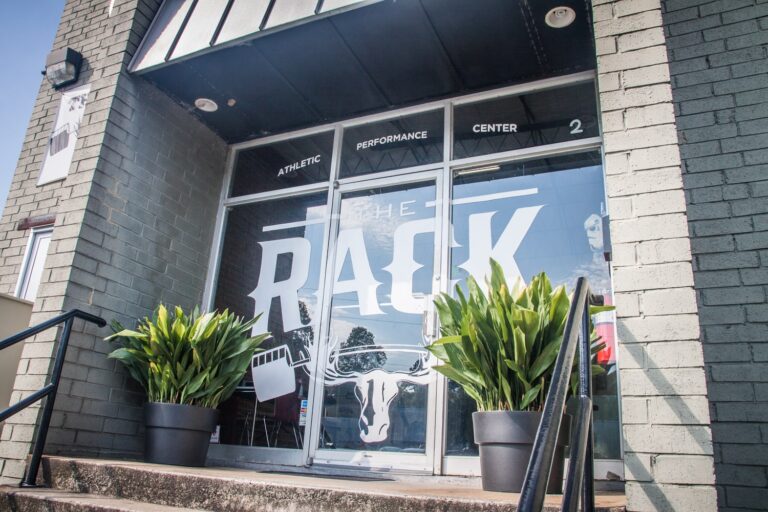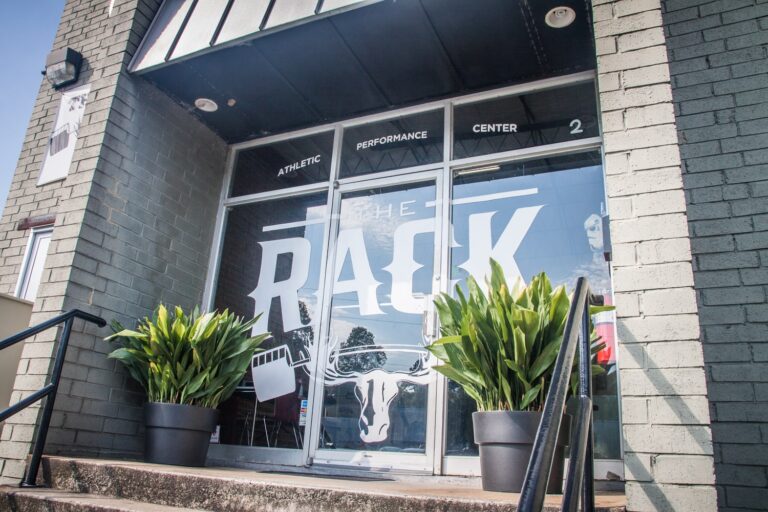knee pain and how to cope
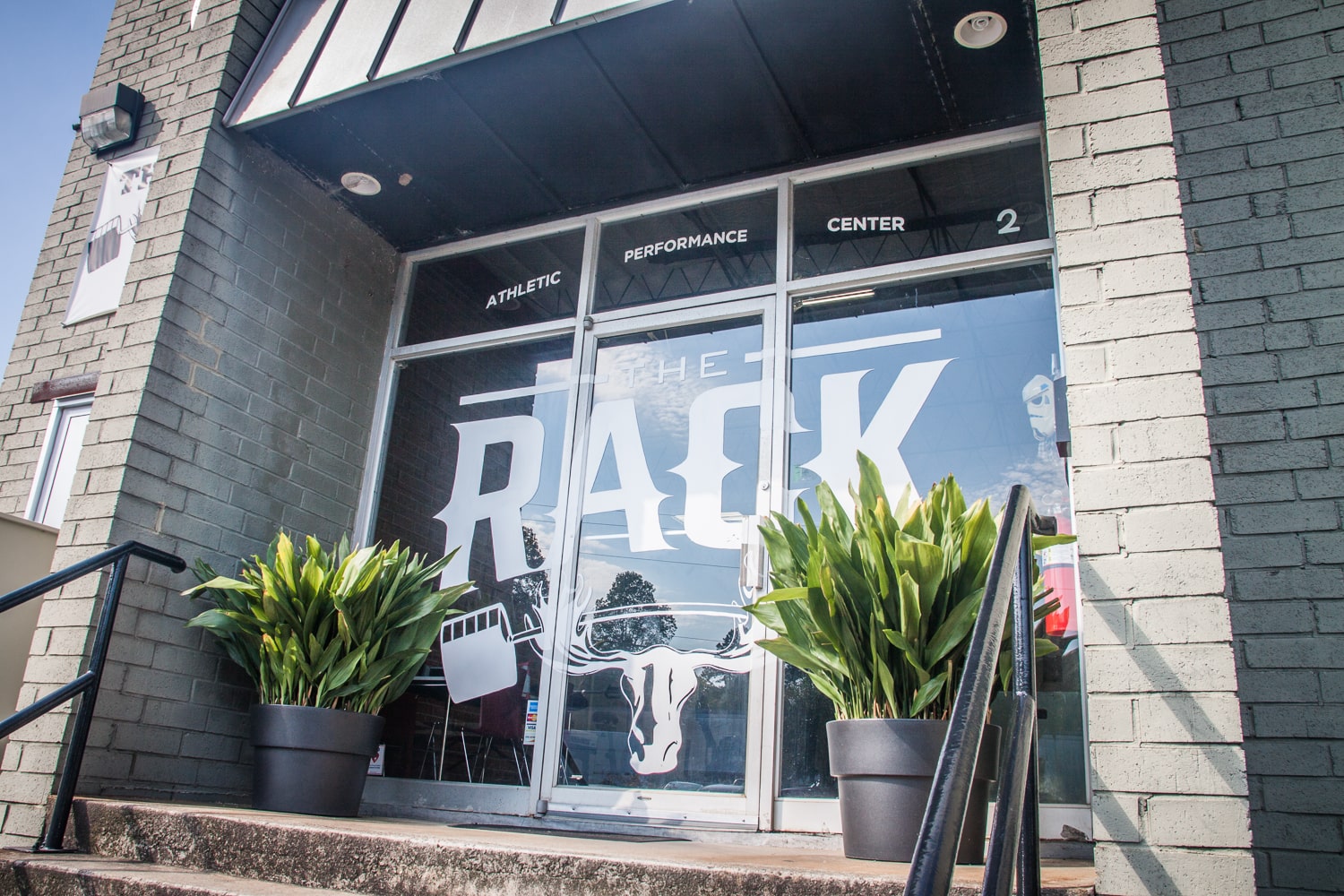
Over the course of your lifting career, aches and pains start to rise. In today’s post, we will discuss knee pain and methods of working through it and taking care of it. Now, knee pain from structural orthopedic abnormalities will not be taken into context. Only those experiencing knee pain from a musculoskeletal standpoint will be discussed.
Knee pain from exercise is typically caused from an overuse perspective. This can be from training the same area multiple times in a short period of time or that recovery between sessions or other activities was suboptimal. For example, someone that started squatting 4-5x a week from 1x/week may experience an overuse pain at the knee. Here are some tips to help alleviate the undue stress.
Train the opposing muscle groups.
The quadricep muscles get a lot of attention when an exercise requires many repetitions of knee extension. Because of that the quad tendon becomes inflamed, thus causing pain. Hitting the hamstring muscles to “balance” out what the quads are doing can be beneficial. Doing exercises that require knee flexion and hip extension will target the hamstrings, potentially alleviating pain.
Smash those quads!
Yes! With intention. Quads get a lot of love in training, but sometimes not enough in recovery. Using methods like body tempering, SMR, PNF, and compression can help reduce knee pain by releasing excess tension in the quadriceps, reducing the tension in the patellar tendon, which can potentially reduce knee pain.
It’s as cold as ice…sort of.
Using variable temperature inductions around the soft tissue at the knee can also potentially reduce some pain. Fluctuating cold and hot compression or submersion shocks the nervous system, brings blood flow to the surrounding tissues, and releases a variety of hormonal responses to systematically create the sense of pain relief.
Rest and recover
Probably the biggest contender to help with knee pain, rest. Now, I am not saying to completely cut out training. But looking at the whole body. Sleep and recovery play a huge role in tissue regeneration. Without adequate sleep and recovery protocols, tissues can heal, thus pain signals start firing at more occurrences. Taking time to step back can be a key in alleviating knee pain.
Brandon Bailey
MS, CSCS, CPPS, USAW, CFL2


